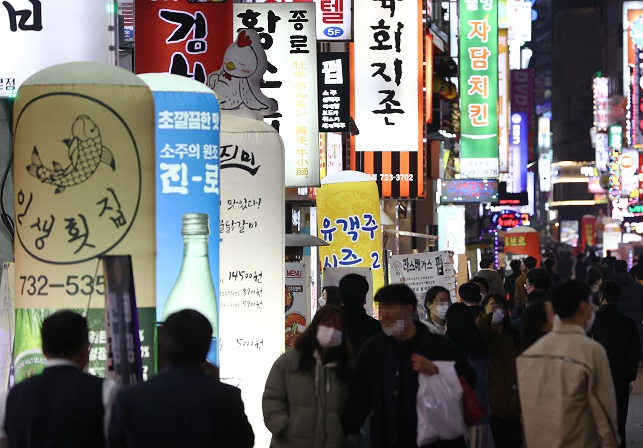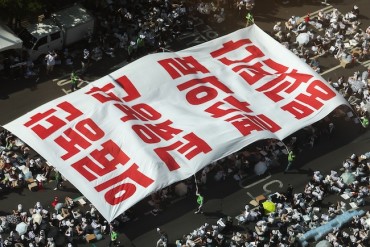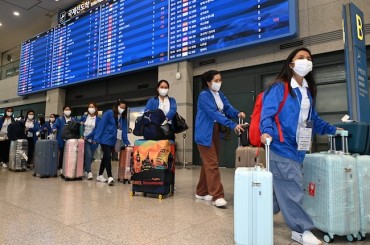SEOUL, Nov. 1 (Korea Bizwire) – The number of non-wage workers, such as the self-employed, in South Korea rose 0.56 percent on-year in 2023, data showed Wednesday.
There were 6.72 million non-salaried workers as of August, up 38,000 from the same period in 2022, according to the data compiled by Statistics Korea.
The number accounts for 23.4 percent of all employed people in the country, down 0.1 percentage point over the cited period.
Of the total non-wage workers, one-man operations, which do not hire workers, inched up 0.8 percent to come to 4.37 million this year.
Some 1.41 million people hired employees to run their businesses and this year’s figure marked 4.4 percent on-year growth.
But the number of people serving family-run operations without pay tumbled 5.5 percent on-year to 996,000 as of August, the data showed.
Male workers accounted for 61.7 percent of the total non-wage workers, or 4.15 million, and the proportion of women came to 38.3 percent with 2.58 million.
Those in their 60s and older accounted for 38.8 percent of all non-wage workers, or the largest share, followed by people in their 50s with 27 percent and those in their 40s with 19 percent.
The number of non-wage workers both in their 60s and older and 50s logged an on-year increase, while that among other age groups all fell this year, according to the data.
Some 22.9 percent of the total non-wage workers, or 1.54 million people, were engaged in the agricultural sector, and 16.8 percent were running wholesale and retail shops.
The accommodation and hospitality businesses had 874,000 such laborers, or 13 percent of the total.
The construction and manufacturing fields reported on-year growth in the number of their non-salaried workers, while wholesale and retail businesses, as well as agricultural and art and sporting sectors, shed such positions this year, the data showed.
(Yonhap)







